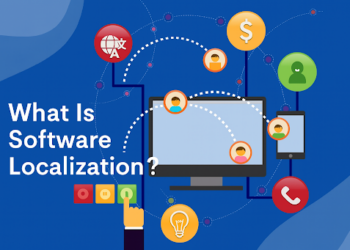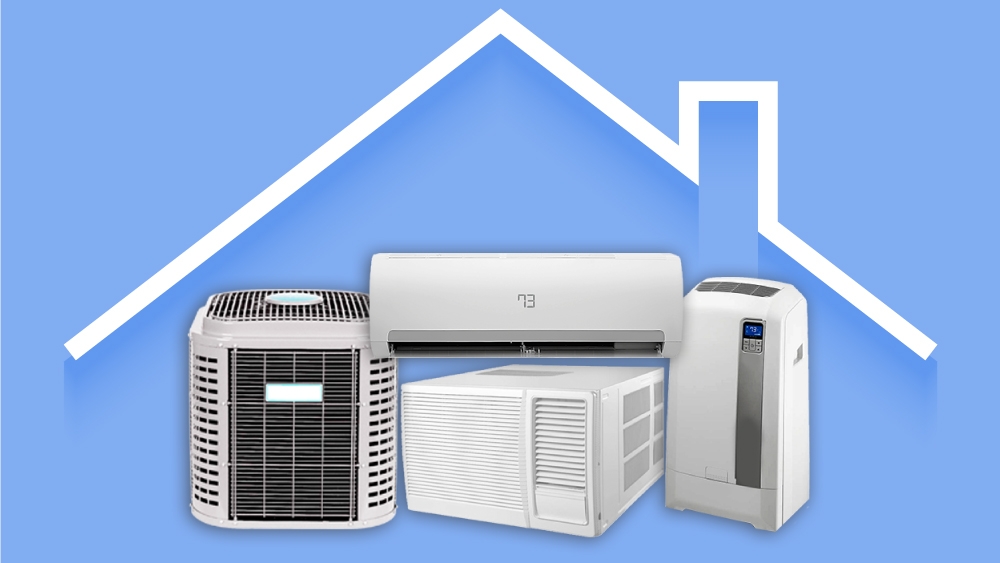Snowflake has evolved as a dominant cloud data platform, transforming how businesses manage their data. Snowflake has become the go-to option for modern data analytics and warehousing due to its exceptional scalability, robustness, and versatility. According to statistics, Snowflake has achieved exceptional development, with sales increasing by 110% year over year, crossing $667 million in 2023.
Overview of the Snowflake architecture
Snowflake is a cloud-based data warehouse platform with a distinct architecture built to handle large-scale data processing and analytics. Understanding Snowflake architecture is critical for fully utilizing its features and optimizing performance.
Snowflake Architecture
- Cloud Service Layer:
Infrastructure, transaction management, SQL performance optimization, security, and metadata are all covered, as well as database connectivity. The cloud services layer is in charge of organizing the entire system and use ANSI SQL.
- The Compute Services Layer (CSL):
Hosts a nearly limitless number of virtual warehouses, each of which is comprised of a cluster of database servers that perform SQL operations. Despite the fact that the virtual warehouse has CPUs, RAM, and SSD storage, it is merely a temporary storage layer.
- Cloud Storage Layer:
Provides an endless supply of long-term data storage. All data is saved in the cloud and is automatically replicated to three distinct data centers, resulting in a built-in disaster recovery layer.
Although virtual warehouses can be launched and stopped manually, the architecture layers work invisibly to support end-user SQL queries. More information on Snowflake Architecture can be found here.
How does Snowflake Data Warehouse Work?
Snowflake’s data warehouse is built on a novel SQL database engine with a cloud-specific architecture. Snowflake’s multi-cluster shared data architecture enables us to give customers exceptional performance, concurrency, and simplicity by providing separate computing, storage, and cloud services that can scale independently and elastically.
Snowflake’s unmatched performance is enabled by unique columnar storage technology, vectorized query execution, and massively parallel processing. Snowflake can read and write data much quicker than standard row-oriented databases thanks to columnar storage. When doing calculations on huge datasets, Snowflake can analyze several rows of data with a single instruction thanks to vectorized query execution.
Finally, Snowflake uses massive parallel processing (MPP) to distribute query execution over numerous nodes for better execution times.
Snowflake also makes it simple for businesses to manage their data warehouses with its data-sharing capabilities. Users can safely exchange and query data saved in the cloud with other authorized accounts from any place using this capability.
Snowflake also optimizes queries automatically to ensure they run as effectively as possible, saving users time and money.
Organizations can obtain faster query response times at a lesser cost than standard data warehouse solutions by leveraging Snowflake’s revolutionary data architecture. Its scalability and flexibility make it the ideal answer for any business that requires huge amounts of data storage and analysis.
Snowflake Data Warehouse pros and cons
The benefits of Snowflake cloud-based data warehousing have been thoroughly explored.
- Tuning and maintenance: Because Snowflake does not support indexes, there is no need to alter the database beyond a few well-documented best practices. Because the system is supposed to be simple, there are limited requirements for DBA resources.
- Scalability and performance: Because of the elasticity of the cloud, you can scale up your virtual warehouse to take advantage of extra compute resources if you need to load data faster or execute a high number of queries. Following that, you can scale the virtual warehouse and only pay for the time spent using it.
- Concurrency and accessibility: When too many queries compete for resources in a typical data warehouse with a large number of users or use cases, you may experience concurrency issues (such as delays or failures). The revolutionary multi-cluster architecture of Flake resolves concurrency issues: Virtual warehouse inquiries have no effect on other virtual warehouse queries, and virtual warehouses can scale up or down as needed. Data analysts and data scientists may get what they need right away without having to wait for other loading and processing operations to finish.
- Software Upgrades: Software upgrades are no longer necessary. Because Snowflake is supplied as a software service, modifications to the operating system and database are implemented in a silent and transparent manner.
- Snowflake is designed to run continuously and endure network and component failures with minimal impact on clients, and it is distributed across the availability zones of the platform on which it runs – either AWS or Azure. It is SOC 2 Type II certified and has extra security features including PHI data protection for HIPAA customers and encryption across all network connections.
- The architecture of Snowflake allows users to communicate data with one another in a seamless manner. It also allows organizations to share data with anyone, regardless of whether they are a Snowflake customer, via reader accounts that can be created directly from the user interface. This functionality allows the provider to create and manage a Snowflake account for a customer.
Conclusion
The Snowflake data warehouse is gaining popularity these days, and understanding it seems to be more effective than traditional-based alternatives. Companies improve their performance by adopting Snowflake into their processes.







